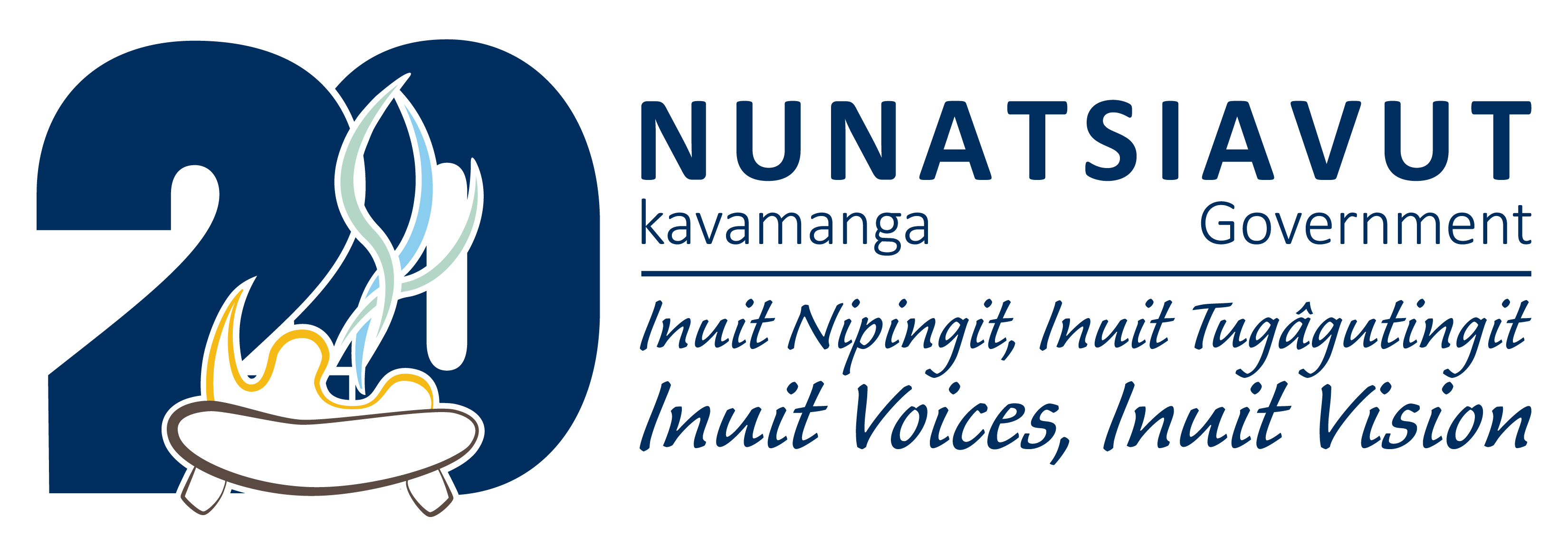The Labrador Inuit way of life remained untouched by the rest of the world until the 1760s. Our earliest ancestors lived mainly on the North Coast of Labrador and travelled widely to harvest the resources of land and sea. For thousands of years, we had little or no contact with European cultures. In the 16th Century, we first encountered Basque whalers and, later, a growing settler population. In the 1770s, Moravian missionaries became the first Europeans to establish a presence north of Hamilton Inlet, and our way of life began to experience sweeping changes. Over time, Inuit life became more sedentary, and more connected to the emerging trade economy of Newfoundland and Labrador.
The demise of trade in the 1920s brought further social and economic upheaval. The Hudson’s Bay Company and, later, the Commission of Government, took control of the Moravian stores. After Confederation, the Moravian Church, the Grenfell Mission, and the provincial government of Newfoundland suspended services to the northern communities of Hebron, Okak, and Nutak. Residents were resettled.
In the 1970s, a new era dawned for Labrador Inuit. We formed the Labrador Inuit Association (LIA) and filed our land claim with the Government of Canada. For the next several decades, we worked hard to promote our culture, our health, our well-being, and our constitutional, democratic and human rights. We began the long road to establishing self-government.
Our transitional government came into effect in December 2005, and we began preparations for the first ever Nunatsiavut elections, which took place the following fall. The first elected Nunatsiavut Assembly was sworn in on October 17, 2006.

